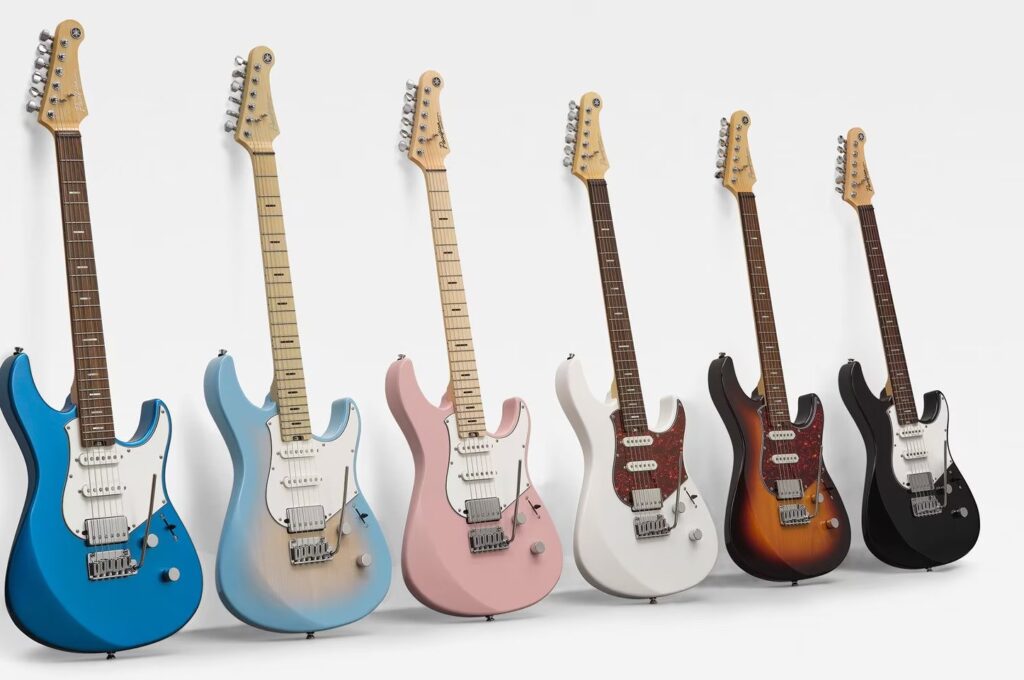Tagged Under:
Resonant Frequencies, Part 1
They account for good vibes … and bad ones too.
The human body, as well as the hard and soft objects around us, water, air and gas, are all vibrating at specific resonant frequencies.
Testing shows that the human body resonates between 5 and 10 Hz. (“Hz” is short for Hertz, a unit of measurement indicating frequency as the number of vibrations per second.) This is a very low frequency — a pitch that is inaudible to the human ear. But can we feel those vibrations when we come into close contact with other people? I believe we can. That, to me, is what the terms “good vibes” or “bad vibes” mean when we refer to a person, place or physical encounter.
So what are our own personal resonances, and how do they affect our lives, opportunities and those around us? I once asked a drummer friend of mine how he kept such a fun, upbeat attitude all the time. His response was that he thought of himself as the positive energy that flows between all things. His presence in a session or gig definitely made everyone in the band happier and we always had a productive, good time.
Bringing your highest self-resonance to any situation will elevate the energy in the room. It’s an infectious attribute that everyone can feel immediately. Interactions will become smoother and people will want to spend more time in your company. Conversely, we have all heard the term “emotional vampire”: a person that sucks the positivity out of those around them, including friends and family.
Keeping a positive mental attitude always helps too, because, in my opinion, what you think is also a resonant frequency. And as numerous studies have shown, thoughts can literally affect your physical strength, life and well-being.
Kinetic resistance is a simple test to show the power of positive and negative thought. Ask a friend to raise their left arm out in front of them and to think positive, happy thoughts. Tell them to keep their arm in that position and push down on it after they have established those memories; you’ll feel a strong resistance to your efforts to lower their arm. Then have them raise their arm again and think negative, unhappy thoughts. When you push down on their arm this time, there will be less resistance and a weaker effort to maintain arm tension. I’ve done this with a lot of people and it’s a great way to demonstrate the power of positive thought.
You may have experienced the many ways that your mind can affect the outcome of a situation. Stage fright, for example, is a very common occurrence in performers and public speakers. I’ve studied this quite a bit and found that what we think can literally sabotage our muscle memory and impair performances, speeches and social interactions. I counter this by preparing myself in advance for any public engagement or interview with a series of verbal and visualization techniques to affirm my skills and create the perfect performance in my mind’s eye.
The Importance of Affirmations
Verbal affirmations (short personal statements that confirm positive attributes) are a great way to clarify and solidify how we feel about ourselves. They can also be used to replace the negative commentary that often runs through our mind on a daily basis. You know what I mean: the “small voice” that keeps a running dialogue about everything we do!
When that internal narrative starts, decide whether it’s positive or negative. If the thoughts are negative, shut them down immediately and replace the dialogue with a kind statement or personal affirmation. You’ll find that the lighter, peaceful mind will help productivity and settle your physical being … and those around you will notice your happier self-image.
You can create your own affirmative statements for anything you’d like to reinforce, empower or would like to see change in your life. Affirmations in the present tense are best as they are stating that the change has already occurred. “I am calm, peaceful, relaxed and joyous at all times” is a great affirmation that states that you are currently in that mindset. But affirmations that start with “I want” or “I will” only support the notion that your desires haven’t yet been attained and are somewhere out there in the ether waiting for you to claim them.
Resonance and Music
How does any of this relate to music? Simple: Resonant frequencies are also musical pitches. The inaudible human body at 5 Hz, Middle C on a piano at 261.63 Hz, the open 5th string of your guitar at 440 Hz — they’re all vibrations at particular frequencies.
When we combine notes and instrumentation to play music, those vibrations create harmonic and melodic content that we hear … and perhaps more importantly, “feel.” Musical information is carried through the air in the form of vibrations that our ears pick up. From there, they are sent via nerve pathways to our brains, which process the information as either pleasing or not. But I’d argue that what we feel (as opposed to just what we hear) also plays a significant role in how we form our preferences.

As an example, I really like the Lady Gaga song “Poker Face” for a variety of reasons. For one thing, the production is deceptively simple. The low pulse of the drums and bass can be felt in the chest region, the male vocals are pitched below the synth chords, and Gaga’s voice sits in her lower frequency range for the verse sections. When the song transitions into the chorus, the vocal melody rises in pitch to add intensity and lift the song. After the first chorus, the vocal pitches are lowered again and the male and female backing vocal lines add rich rhythmic coloration. Each of the frequencies in the mix have been carefully shaped to blend as a vibrational whole, from low to high and everything in between.
Gaga’s album title, Artpop, succinctly describes her theatrical style of video and live performance art. This combination of stimuli is perhaps the key to why her work resonates with so many people … which leads me to the vibrational aspect of color.
Resonance and Color
Colors all have a resonant frequency in the Terahertz range, where one THz is equal to one thousand thousand Hz (that is, one trillion Hertz). We can’t hear frequencies that high but we can see them. In fact, the highest color frequency that humans can discern is a really nice blue, before it turns to violet, around 770 THz.
The same color, in fact, as Lady Gaga’s outfit in the “Poker Face” video.
Coincidence? I think not. Blue is often depicted on the musical stave as the note B. And “Poker Face” is in the key of G# minor, which is the relative minor to B major.
Without talking to Lady Gaga or her producer, I can’t say this with absolute certainty, but I believe that the use of this color in the video was a carefully orchestrated vibrational component — a component that made a major contribution to a musical masterpiece. After all, designing a hit pop song takes more than just the music! And this particular song sold over 14 million copies and is one of the best selling singles of all time.
The overall visual aspect of the song’s video, in my opinion, played a huge role in making “Poker Face” a success. The costumes are colorful, the settings interesting and the images work well with the groove. The music is equally powerful: the song has well-written harmonic and melodic structures, coupled with lyrical content that is unique, interesting and culturally relevant.
My point here is that everything resonates and has a set of organized frequencies that we can see, hear, smell, taste and touch. Add to that the extra-sensory aspect of the human experience and we are all pure vibration, bathing in external resonant frequencies at every moment of our day.
In Part 2, I’ll talk about establishing resonant relationships with your instrument.
















